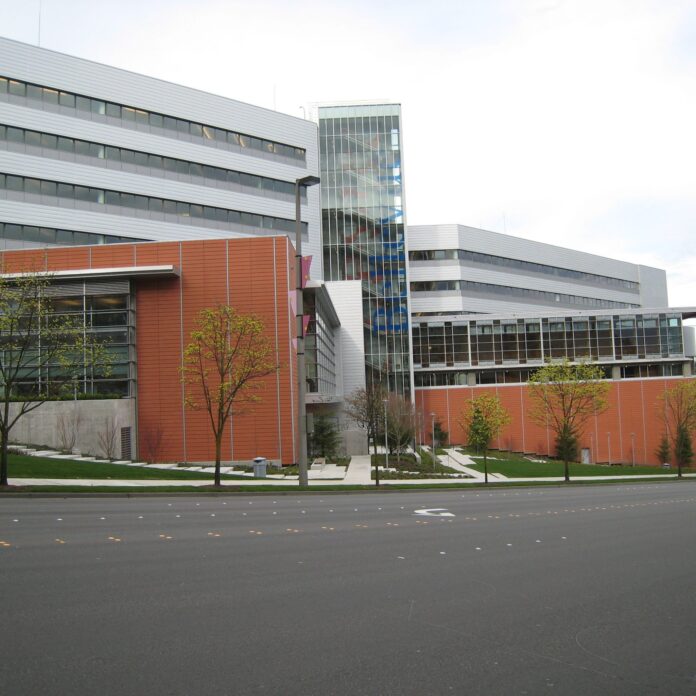DAS equipment vendors are eager to see the end users of their systems contribute more to the costs of construction and maintenance. Many are working to move away from business models that rely solely on carrier-funded systems and to create solutions enterprises can buy directly. One vendor, Zinwave, markets its services primarily to enterprise customers instead of focusing on the wireless carriers.
“Now that the carriers are no longer deploying the capital … the enterprise is trying to figure out what that model looks like … how do they fund it themselves?” said Zinwave CEO Scott Willis, the former EVP of sales and marketing at Goodman Networks. Willis said he chose to join Zinwave because he thinks indoor densification is the best place to focus as overall carrier spending slows.
“It won’t be, going forward, what it’s been for the last decade or decade and a half in terms of spending, but certainly within the indoor space, or the macro network down to the indoor space, that is a vertical within the wireless segment that is going to continue to significantly grow, because of the challenges that we still face in terms of coverage in buildings,” Willis said, adding he likes Zinwave because the company offers a modular, software-driven solution well suited for enterprise deployments.
City hall deployment
Zinwave recently scored a customer win in Bellevue, Washington, building a Verizon Wireless DAS in T-Mobile US’ backyard. Unlike most Verizon Wireless distributed antenna systems, this one was not funded by the carrier. Instead the city of Bellevue paid for the system.
The city wanted a public safety system as well as a commercial DAS in its city hall. It also wanted a system that could support other wireless carriers down the road. Zinwave said its system enables the addition of new frequency bands without the addition of new hardware. The Zinwave system in Bellevue supports the 800 MHz band for public safety, as well the 700 MHz band, the 850 MHz band, the 1900 MHz band and the 2100 MHz band. It was seen as a good solution because the building already had fiber, which is required for the Zinwave platform.
“Providing public safety radio and cellular services throughout the building by leveraging our existing fiber-optic investments and getting away from the traditional coax-based DAS was important to us,” said Jim Rawley, network systems and security lead in Bellevue’s IT department.
The city hall system is comprised of one primary hub, six secondary hubs and 44 remote amplifier units. It supports frequencies from 150 MHz to 2700 MHz, and was deployed without disruption to the existing public safety first responder radio solution in the building. Bellevue is already in talks with other carriers about joining its city hall DAS. Other carriers will be able to add their baseband equipment to the headend without adding any other hardware to the system.
Follow me on Twitter.

